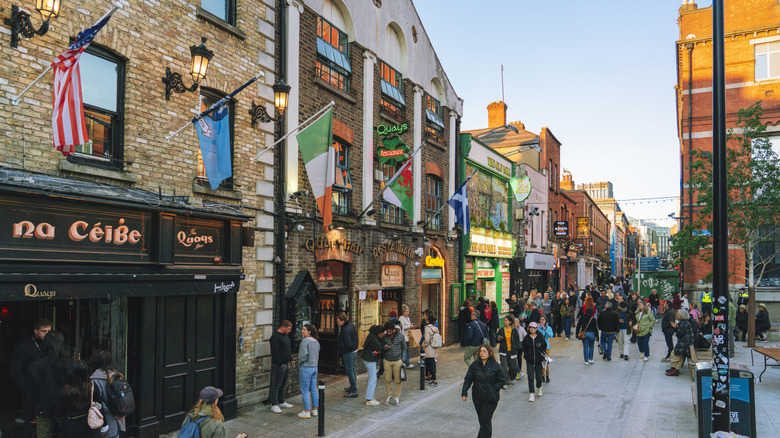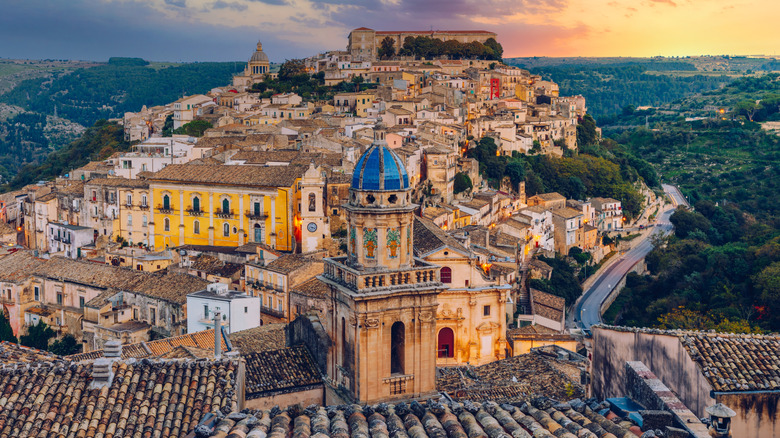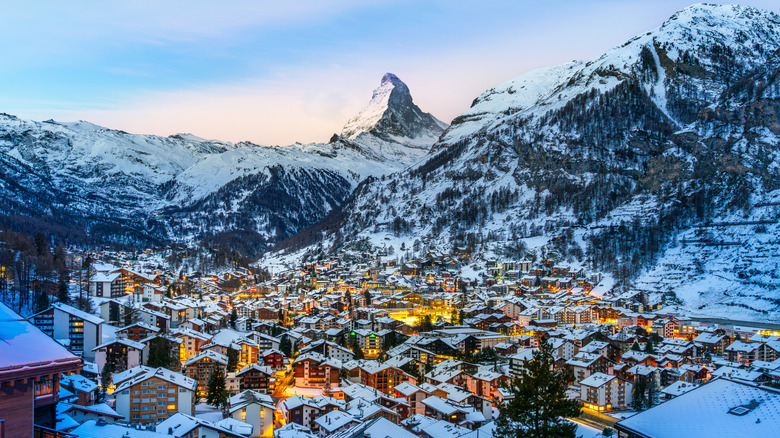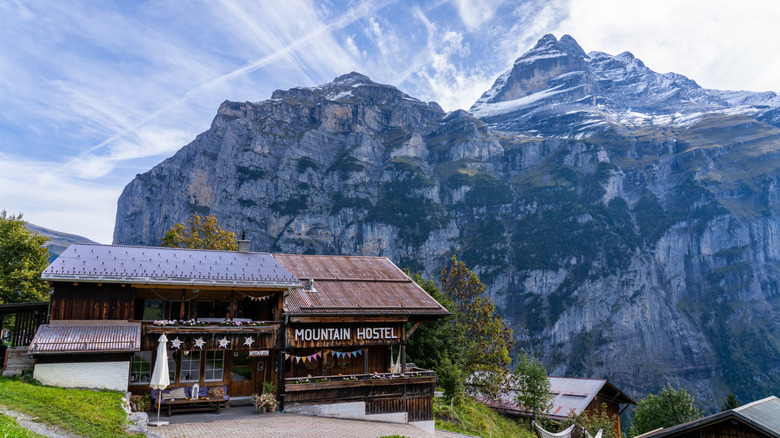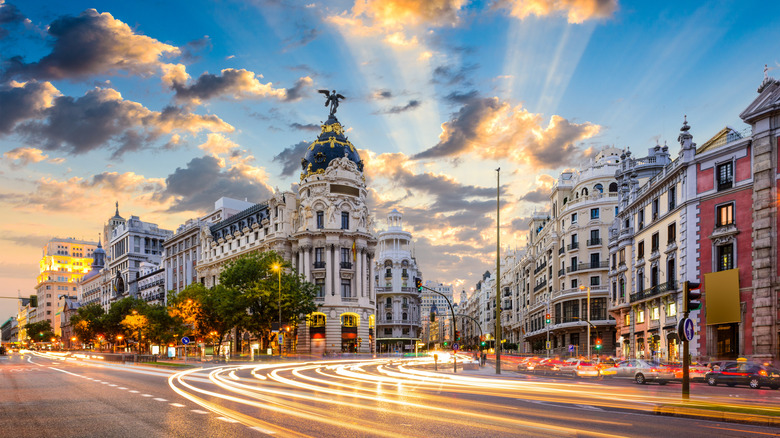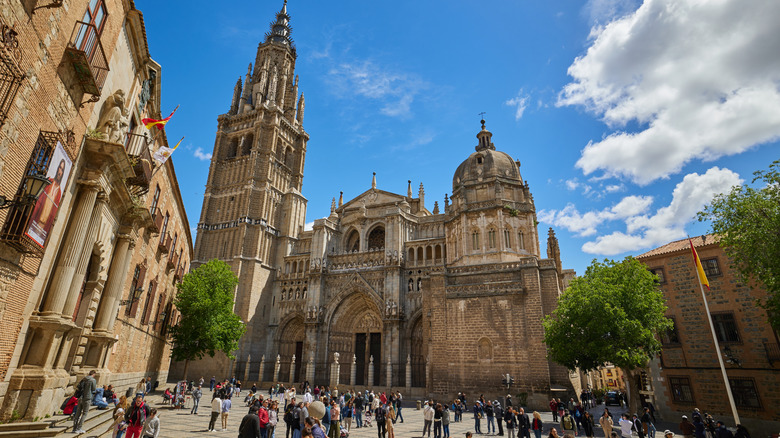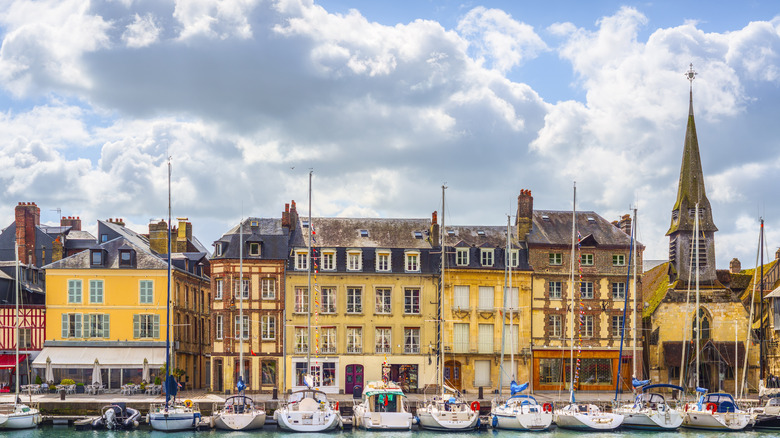Rick Steves Soaks Up Music, History & Culture At His Pick For Europe's Most Elegant City
One of the most elegant cities in Europe, this breathtaking destination is home to hundreds of museums, imperial architecture, and a rich musical legacy.
Read More

